Webistry Case Study
This Week’s Topic
A couple weeks ago I uploaded a couple projects onto my portfolio site. Today I want to present a case study using Webistry and Webists’ branding project. Since most of what I talk about here on this blog is related to the design process and to branding, I felt that it would be interesting to share the story of how these brands were developed.
The Brief
Almost two years ago, Webistry came to me hoping to create a brand identity which reflects their core values. They had something in mind but were also interested in seeing what other concepts I could come up with for their branding. In our initial discussion, they sent me several inspiration logos with overlapping gradients and explained how they would like something similar, but it should also be a fun representation of their brand.
After that, I created a questionnaire based on what I know about the company to find out more about their company history, services, goals, personality and values. Using the information I gathered, I created a mind map to create a visual representation of my data so that I can make new connections to Webistry’s existing identity.
Idea Generation
Below is a mixture of information from the questionnaire and ideas that I’ve generated on my own. Most of what I circled were interesting points that I felt I could build a brand around. I remember thinking that I really liked the idea behind the Webistry name, and the personality that they presented me with: it was fun, youthful, informative and relatable. The concept behind the name “Webistry” is one that the company came up with themselves. It is inspired by the various types of sciences which ends with the suffix “istry” and their key services which were related to the web. This meant that “Webistry” consisted of people who were knowledgable about the web sector and tackled problems from an almost scientific standpoint—one that where decisions were lead by data.
From there I used the mind map as a guide for my thinking process to see how I can create a visual representation of this unique personality.
Four Concepts
The first concept I presented them was the one they requested: a logo with layered gradients.
To bring out Webistry’s friendly personality I created an icon and word mark using rounded edges to give the brand that approachable quality. The bright blue and deep purple are meant to reflect their energetic yet serious attitude.
The next concept I presented, was one inspired by infographic charts which are often used to represent data. The icon I created includes a series of connected dots to symbolize the ways that Webistry connected their clients to limitless online possibilities. The colors for this concept are drawn from various social media outlets such as Facebook, LinkedIn, Pinterest, Behance, Flickr, Twitter, Youtube, Vimeo, LinkedIn, and Google plus. Apart from having an infographic inspired logo, I also created supporting graphics and patterns using infographic elements. This is shown in the brand breakdown here.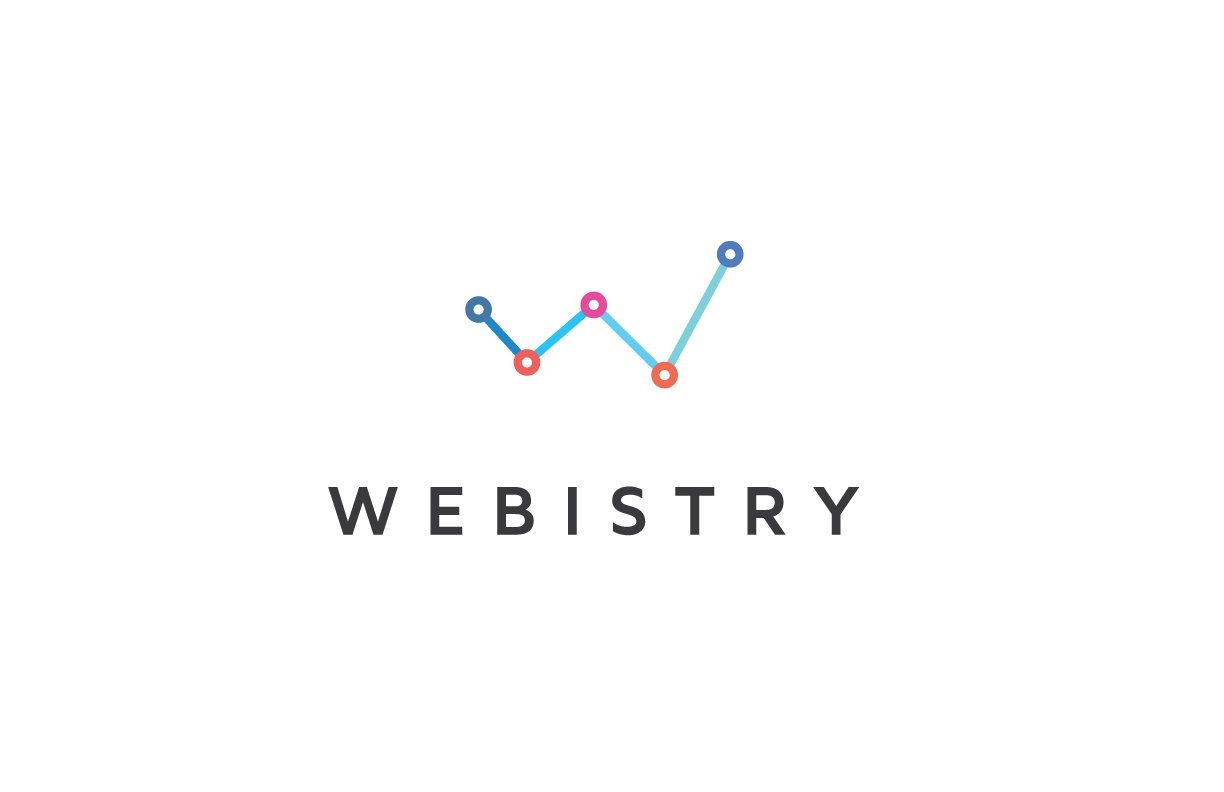
This was the logo that Webistry ended up choosing, but there were also two more concepts that I presented to them.
The next one uses the same colors, but plays on the idea of chemistry instead of visual data. When I was thinking about chemistry, I was also thinking of the verbal expression of “chemistry” to describe the bond between two individuals. So in this concept, the brand icon mimics the shape of an atom to convey a dynamic relationship. I suggested that the iconic shapes and colors be shifted, rotated and changed on the brand’s different platforms to create an ever expanding brand identity. This would also reflect the group’s animated and fun personality.
Webistry actually liked this concept a lot as well, so they decided to use it for their blogging platform The Webists. It was meant to be a place where Webistry team members can share information with their audience about different ways to enhance a company’s web presence and use the internet as a tool to expand. They also wanted to create a place for learning called “The Webists Academy”.Originally, I had also suggested a supporting pattern graphic to be used with this brand, but it was not used in the end.
Instead, we ended up creating a pattern for the infographic concept when we started developing their other brand touchpoints:
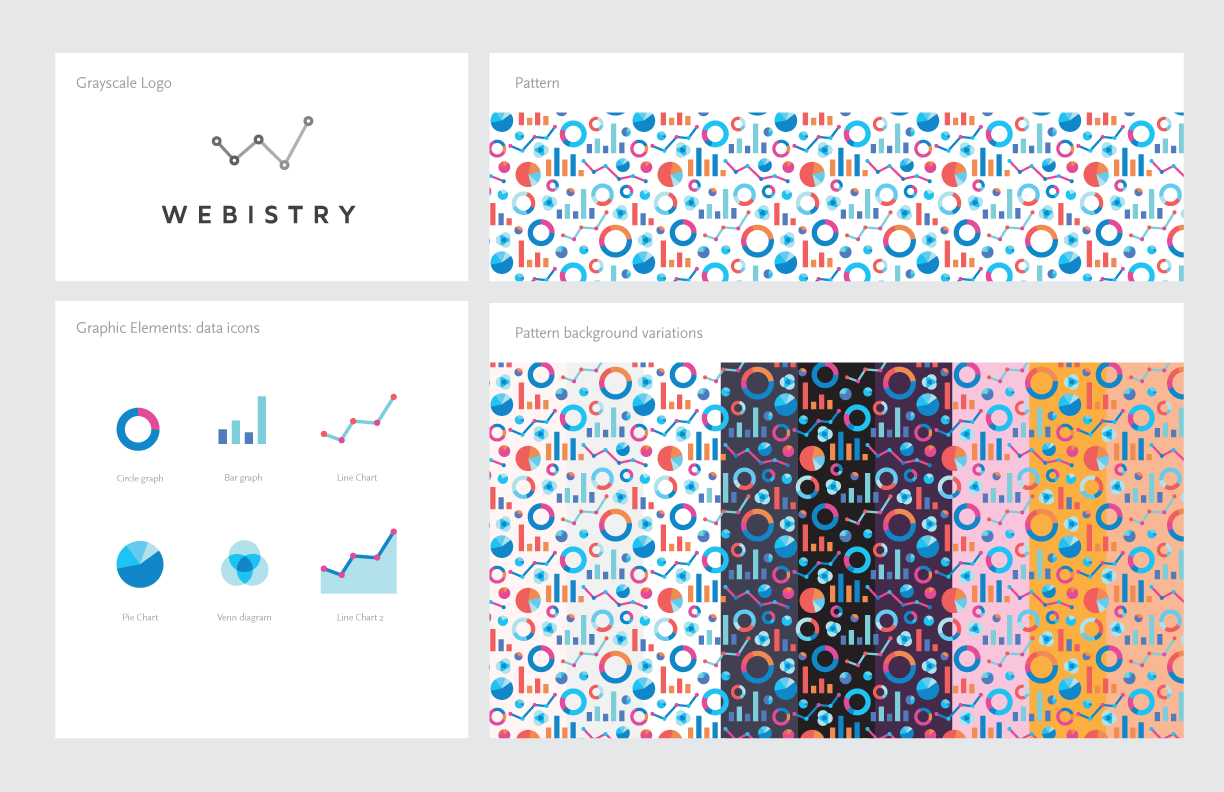
The last branding concept I showed them was also inspired by science. Specifically how both scientists and the webists learn through experimentation. The idea was to present an icon that represents ideas of science experiments, measurements and computer components. To do this, I created an icon with a simplified graphic of a science flask with measurement lines on the side, but in a way that mimics the shape of a memory card. Although subtle, the graphic delivers the message of representing a type of “web science”.
Reflecting On The Project
The amazing thing about this project was that Webistry was able to share their ideas of what they imagine their brand could look like, while also keeping an open mind to new ideas. This gave them the opportunity to see their idea in action, in comparison to other ways that their brand can be presented visually. Not only did Webistry welcome creativity, but they were also very elaborate in their questionnaire which gave me a strong impression of their identity and values. While all four designs reflect their brand’s personality, they each created a different visual identity to emphasizes different traits of the brand.
There were definitely many ways we could have approached this project. I could have created four overlapping-gradient-type-logos for instance, but I would have missed out on the other design concepts. Keeping an open mind in the design process both as a designer and as a client can allow for more creative solutions. When this is paired with honest, constructive and respectful conversations it creates a collaborative relationship that can benefit both parties.

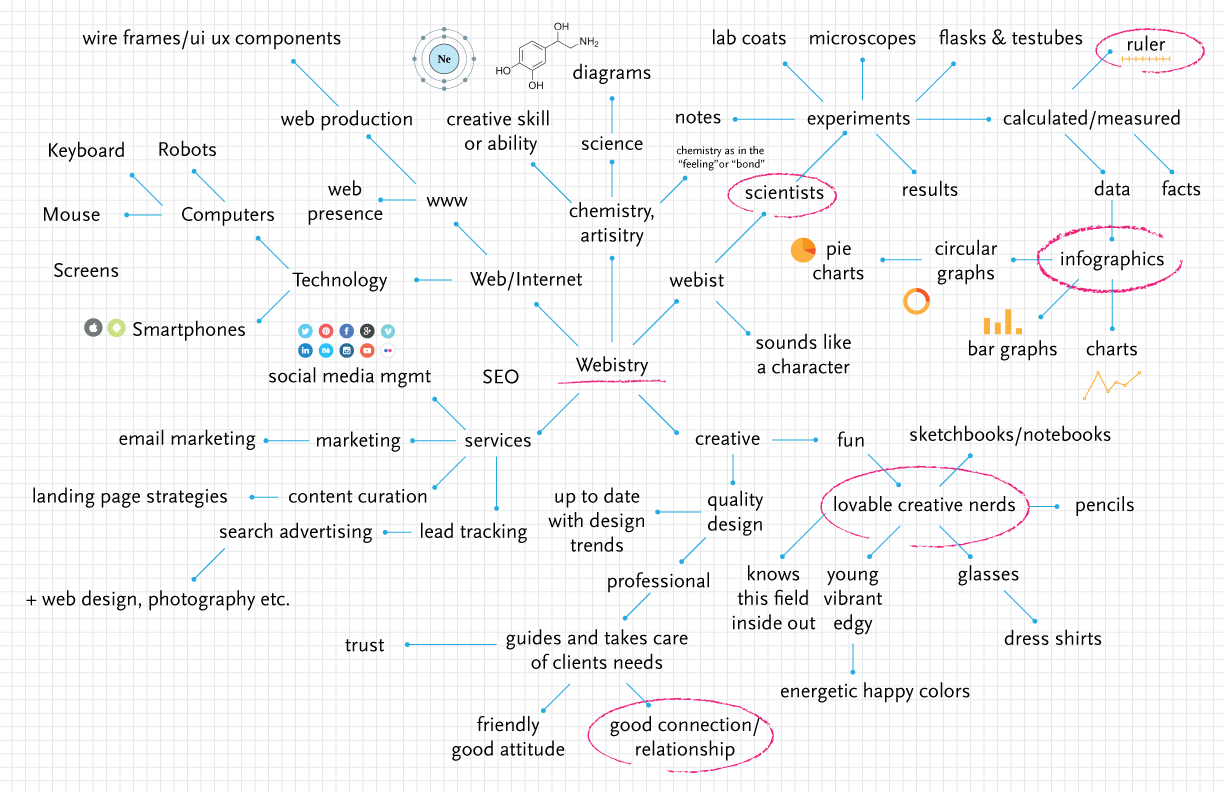
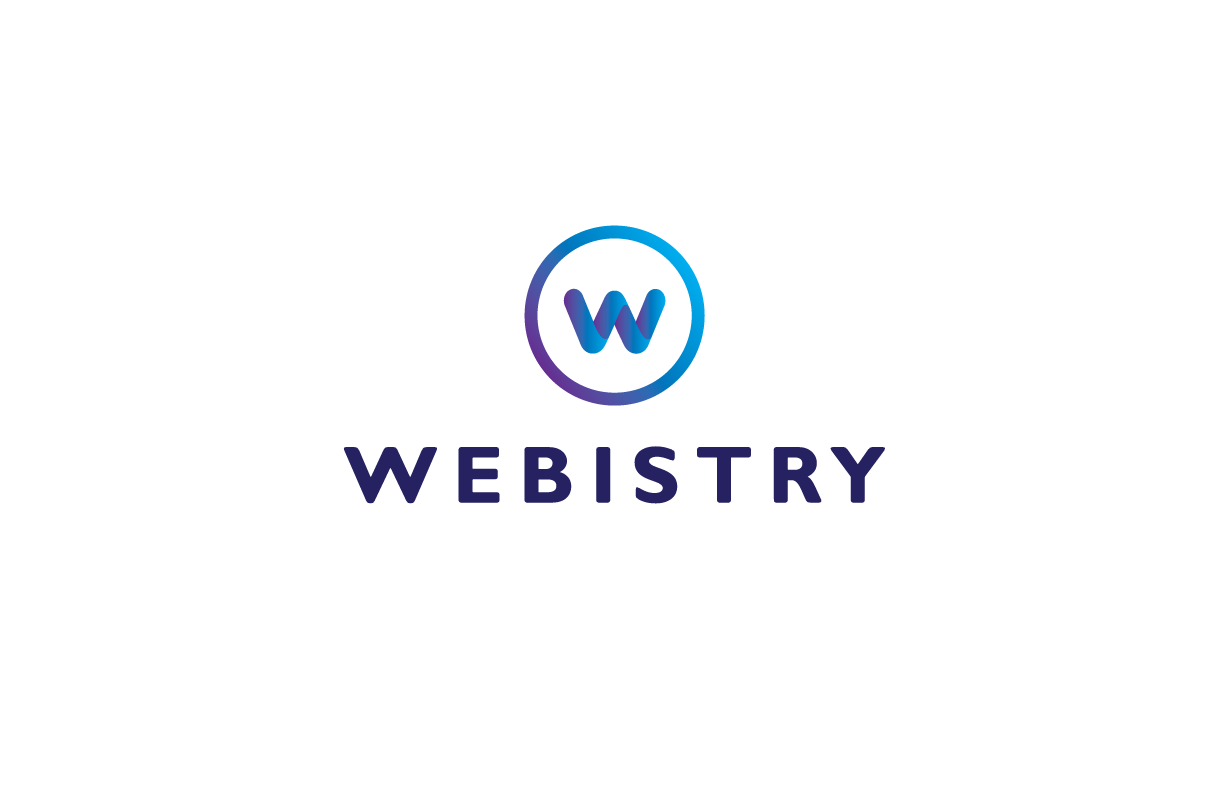
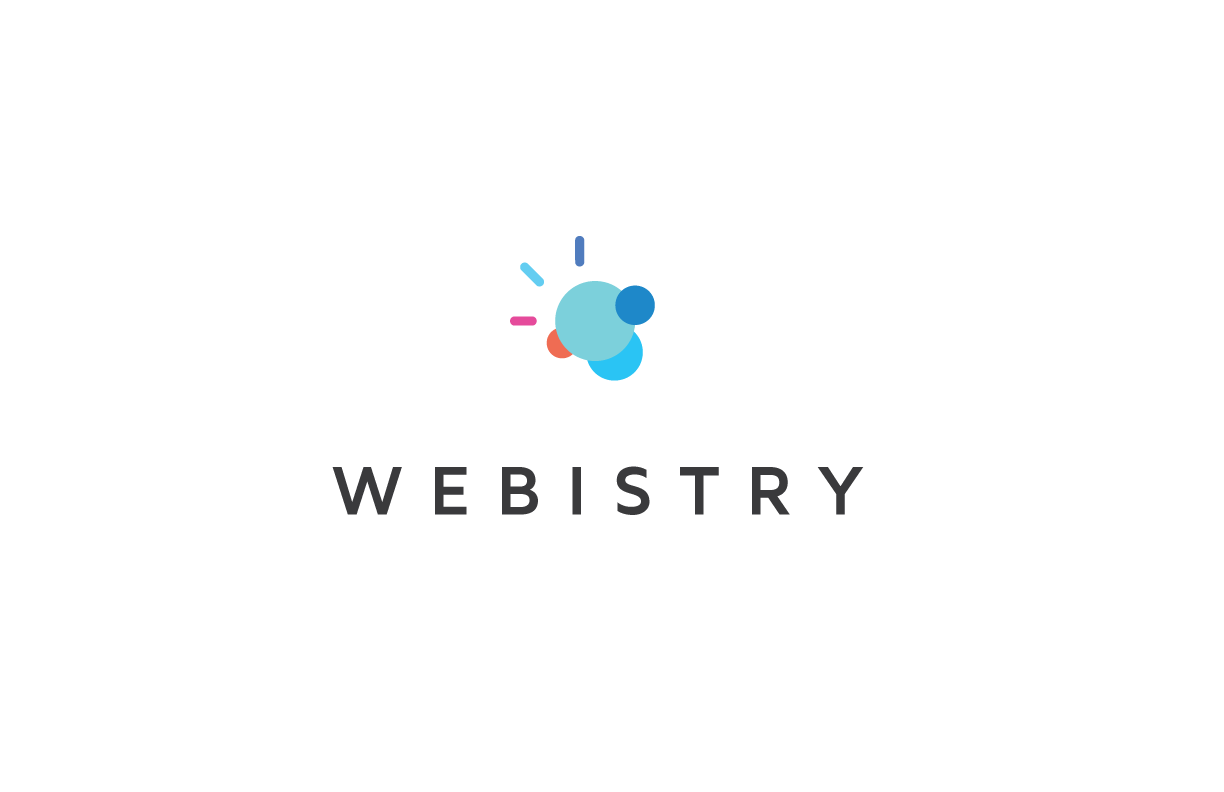
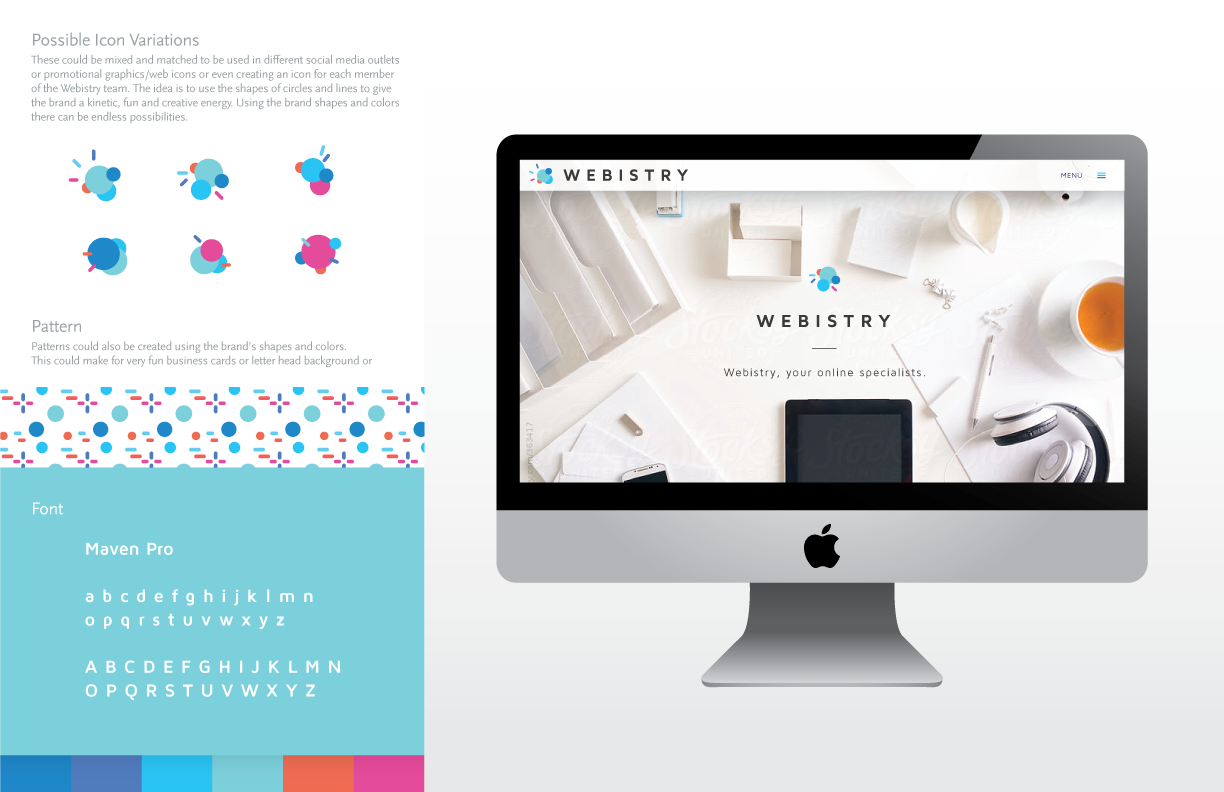
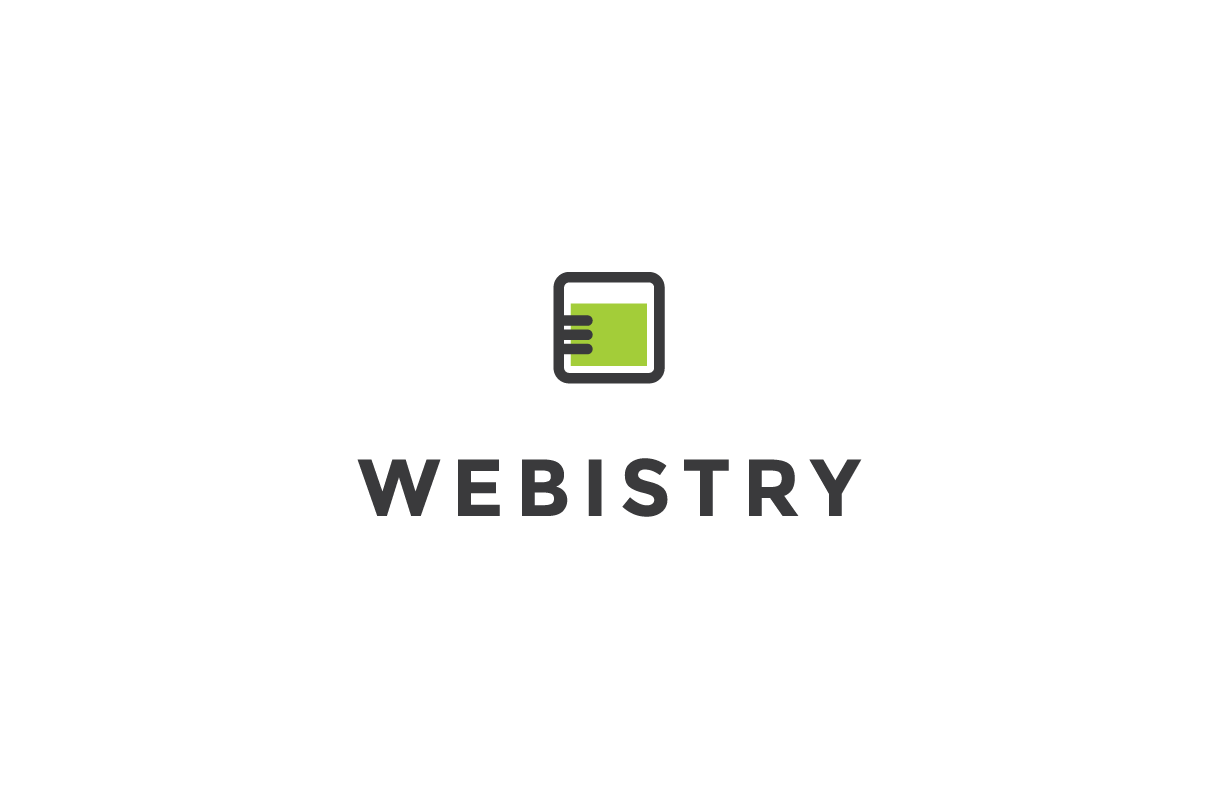
Something to Say?